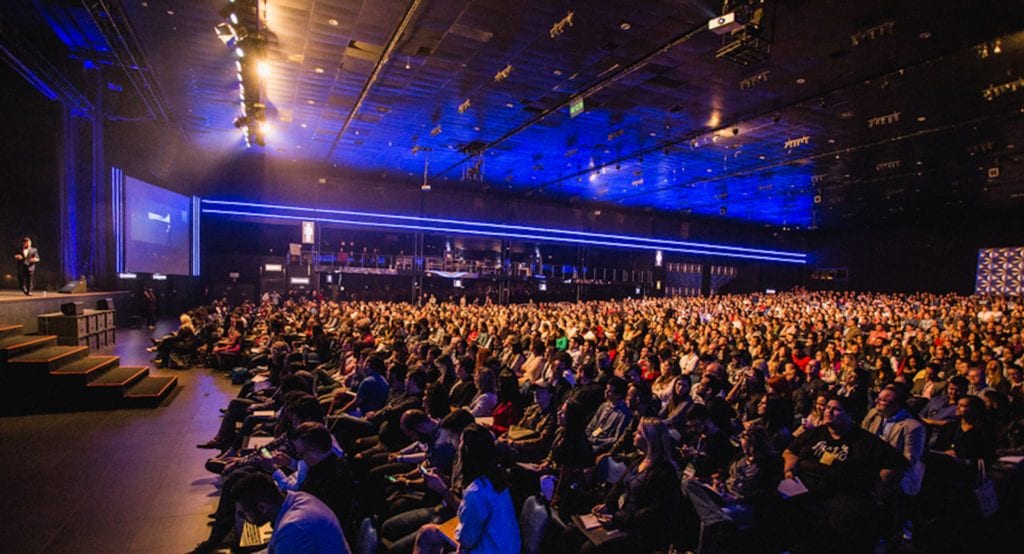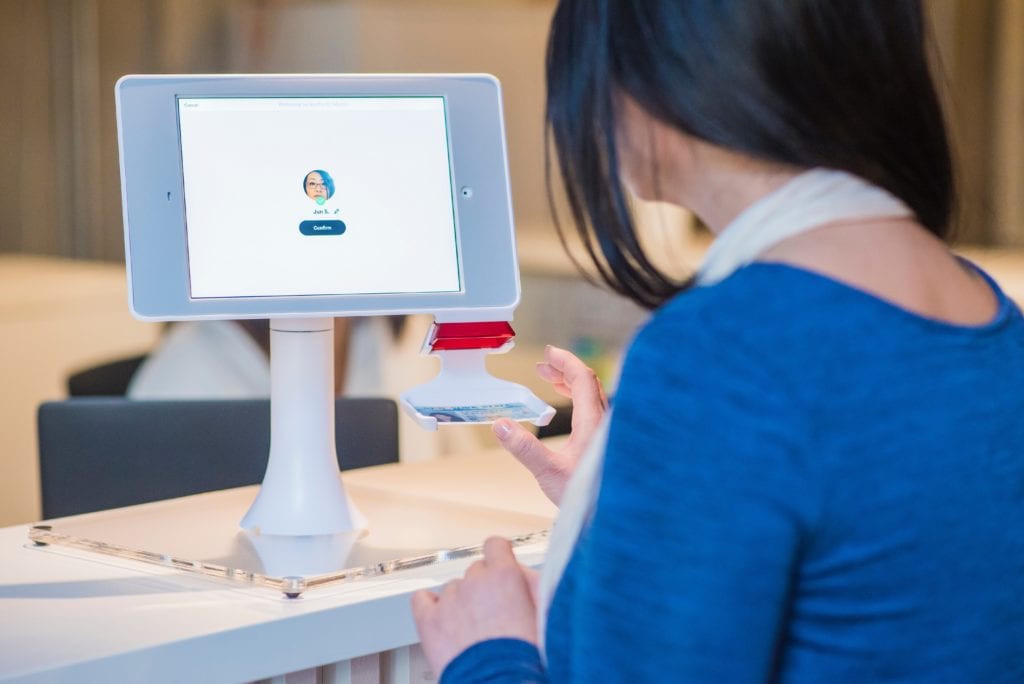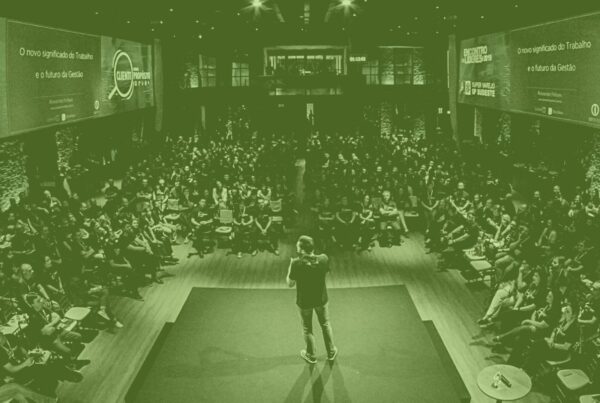Post-pandemic events: what will they look like? Well, amidst the backdrop of COVID-19 fears and the spread of it, mega-events such as the 2020 Olympics, F8 for Facebook, Ceraweek, Zoom, and Zendesk have canceled their events. And while 66% say that they have postponed their events, 25% of events are being rescheduled for September or later. The second half of 2020, however, looks positive.
Some of the primary upcoming concerns for event organizers will include re-organizing events with the limited timescale, adhering to strict safety guidelines to protect their guests and attendees, and discover solutions that potentially curb the spread of the virus. Will we adapt to a new way of marketing and communications? Will the old ways of working seem outdated, or will it simply snap back to business as usual? And will virtual events be the new normal?
Post-Pandemic Events: Where to start?
It will take a combined effort in order to restart the event industry, both from the planners and venues, in order to begin hosting in-person events again. Venues will have to mainly focus on key areas to provide a safe environment for event attendees by leveraging contactless solutions.
The US government released a set of guidelines that breaks down the return to normalcy into three phases for the safe organization of events. Most events that are scheduled for the second half of 2020 to the beginning of 2021 will operate in phase 2 of the guidelines, restricting attendees, and making use of contactless technologies.
As per an analysis presented by Ernst and Young (EY), 94% of brands aim at exploring the sector of digital IPs for the purpose of improved consumer attraction and retention in the new normal. Furthermore, around 85% of these companies are taking an active interest in developing digital IPs, while 90% have identified alliances that will help them provide the same.
Venues will play a key role in the restoration of the events industry. By implementing distancing regulations, and no-touch tools such as QR Codes, NFC tags, Big Data, and more, it lowers the risk of contracting the virus and adds a layer of security.
Some of the key trends to look out for restarting events are:
Utilize Contactless Technology
Events and exhibitions have been using increasing amounts of new technology to improve their events and enhance the experience effectively for years now.
With an increase in virtual events, webinars, and live streaming, many are afraid that this will be the only way going forward. But it won’t be. While the days of round table meetings and venues brimming with attendees are pretty much over, large scale events meet a different need. Events are tactile and offer opportunities that cannot be replaced using electronic mediums.
As a result, event organizers are making use of available technologies such as virtual reality (VR), online collaboration, and streaming at venues in conjunction with contactless solutions for safe operations.
Contingency Planning
While contingency planning is a must for most event organizers, the depth and complexity of the pandemic have surprised many, and the financial impact has been rather catastrophic.
Starting from 2021, all major events will be looked at closely with a potential disaster scenario. The unthinkable will become an agenda. If an event does take place, the venue will be tightly sealed with protective measures and technologies that support safety and hygiene. There will be just as much as focus on what happens if an event gets canceled as there will be on its success.
Increased Personalization
The most common issue in large-scale events is that numerous individuals mention they could not enjoy the experience to the fullest extent as they felt disconnected and uncomfortable. The pandemic has somewhat tackled these flaws by providing attendees with the comfort and opportunities to attend the show either from their homes or in a limited capacity.
Post-pandemic events will notice a surge in personalization. And with this quotient being further boosted, new arrangements will provide an actual glimpse into the delegates and the event.
Advanced Advertising Techniques
The current times have witnessed a noticeable increase in the rise of various methods of advertising that are highly consumer-centric, engaging, and dynamic.
Multiple event organizers have switched to omnichannel platforms such as social media, television advertising, and off-premises tools like QR Codes and NFC tags to generate awareness, drive traffic, and promote their upcoming events to enhance viewer participation.
Contactless Solutions For Post-Pandemic Events
Nothing can replace meeting people in-person, but depending on the goals of the event, maybe, people will be re-thinking their approach moving forward. Here are 8 contactless solutions for safe event organization in the post-COVID world:
Make Use of Virtual Tools For Digital Check-ins
Introduce digital check-ins in place of physical tickets for checking in at an event. This will avoid forming long queues and a plausible way of spreading the virus.
Make use of QR Code tickets that can be downloaded and printed, if the guest wishes, for physical proof of ticket. Alternatively, they can simply scan the QR Code and RSVP for the event themselves.
Use a quality QR Code generator like Beaconstac to create a PDF QR Code for tickets. For attendees that could not register themselves online, place self-generated QR Code kiosks at the event so that they can generate a QR Code ticket on their own and further curb the spread of the virus.
Utilize AR and VR For An Enhanced User Experience
Similar to facial recognition technology, augmented reality (AR) and virtual reality (VR) have been continuously used in events to enhance the user experience over the last couple of years.
With the majority of the crowd confined to be in safe, but confined spaces, these technologies are providing a necessary service to those who want to experience the real deal an event provides.
With a quick scan of the QR Code, attendees can enter the world of AR. From full-wall projections, gamified experience, to 360-degree real-time viewing, event organizers can excite their attendees in numerous ways.
Assess your audience and create an experience that not only amazes them but gives them another reason to come back to. E3 adopted AR and VR in their conference held in Los Angeles, California that focused on all things video games, console, and handheld using the Oculus Rift.
Contact Tracing of Attendees And Delegates
Use the latest trackers to determine the limitation of attendees arriving from a particular geographic location like the John Hopkins live-tracker, to gauge which countries may pose a threat in real-time.
Make use of a contact tracing tool to let guests and delegates disclose their recent travel history and their health status and assess if they are showing any symptoms.
Event organizers can collaborate with their local health agencies to supply them with the information in case of a suspect. And work with them to staff an isolation holding room for suspected cases and implementation of standard operating procedures.
Facial Recognition Technology
Facial recognition technology is widely used in all industry verticals, especially now more than ever, since it prevents touching contaminated surfaces. While it is not 100% accurate all the time, it is still vital.
Contactless check-ins will likely be a requirement for the next couple of years – facial recognition technology will be a critical part of it. Attendees can simply scan their face (if consented to during registration), and be granted access to the event once they are recognized.
The experience is both safe and seamless. Most attendees are already familiar with this technology, thanks to the latest version of iPhones. Facial recognition technology like Microsoft 365 can be used at a hybrid event to provide additional value.
Facial recognition tools can also be used for live streams, where attendees can easily skim videos to jump to any part of the section through both traditional timestamps and actual participant faces. However, please be transparent with the privacy terms and invest in secure cybersecurity backups for a hasslefree experience.
Watch a webinar on how to protect your event from a possible cybersecurity attack
Opt For Contactless Food Ordering
F&B is a vital part of any scaled event. Self-service buffets and table serving will not be a viable option for a while. Seated dining could be an option if the staff members are trained thoroughly with all the sanitization practices. But it could still be a risk.
Opt for digital menus with QR Codes that can be placed at kiosks or table ends. Attendees can scan to view the PDF and place an order, which can then be collected by them without having to come in contact with the server.
Seating arrangements will be changed to align with the social distancing norms. According to the Harvard University guidelines, for any on-campus events, limit to ten people and urge them to use a room or event space large enough to prevent crowding for the expected attendance.
Artificial Intelligence
The use of artificial intelligence (AI) is at its peak due to its ability to personalize experiences for attendees while continuously bringing the community together during these trying times.
According to research conducted by Markets and Markets, the AI market will grow to a $190 billion industry by 2025. Artificial intelligence helps attendees recognize their field of work and interests which work the best for them, and browse through important content when they need it at events.
This adds to the existing value for event attendees who have to adjust to other changes that might confuse them. Some of the ways AI can be used in events are:
- Event chatbots
- Facial recognition
- Voice translation and interpretations
- Event personalization
Be Transparent About Sanitization Practices
Most event organizers will mandate temperature screening outside the venue for the safety of other attendees and delegates. Venue holders, attendees, and event organizers will be highly mindful of the sanitization practices conducted at the venue.
Send timely reminders and notices about the frequency of the sanitization of the place to assure the attendees that it is a safe space. Make use of NFC tags at the venue to be transparent about the cleanliness of the space so attendees can check it regularly.
Provide hand sanitizers and masks throughout the course of the event so attendees can use it in case of misplacement. Increase medical personnel and provide an on-site diagnosis to oversee any emergencies.
In addition, equip the venue with push-through devices where attendees can immediately get in touch with a medical professional in case of any uneasiness or suspected health concerns.
Amplify Attendee Experience With Personalization
Events are all about the experience. Although in-person events are on hold for now, event organizers can still create hybrid versions that attendees can find value in.
Customize communication
Connecting with audiences is now more important than ever. Which is why acknowledging them as individuals can make a significant difference to them. Send personalized push notifications, texts, and emails to each attendee by recommending a session that they might like. In addition, create a “Plan your Own” experience where attendees can choose their events in order of importance by themselves.
Offer a wide variety of topics
The pandemic has presented people with an opportunity to grow and learn new skills for themselves. South by Southwest recently held an event that offered topics ranging from technology to business to art. Cater to the audience in ways that might help them feel confident about themselves, learn a new skill to upskill their resume, or even help them prepare themselves for new opportunities.
Post-Pandemic Events That Ensure Safety Will Emerge As Winners
In the post-pandemic events era, only those who are able to make their guests feel safe will succeed. This can be ensured by using active communication channels empowering the customers with policies such as easy cancellation of bookings, usage of contactless technologies, and being transparent with policies.
Keeping the current situation in mind, most companies have canceled major events till mid-2021. However, the government laid out plans that can only work in case of strict adherence to safety guidelines, and contactless technology helps in achieving the same. Small events with mindful organizations and contactless technologies will be the key to maintaining and conducting safe events.
















